Fused Glass is a process of melting, fusing and reshaping glass through high temperature heating. Its unique optical characteristics make it present a rich and diverse artistic expression in the light source effect.
Translucent and diffusing effects:
Softening light: The surface of hot melt glass is usually uneven (such as wavy patterns, bubbles or concave texture). When the light passes through, it will refract and scatter multiple times, producing soft diffuse light, which is similar to frosted glass, which is suitable for creating a warm atmosphere.
Transparent layer: Multi-layer hot melt glass will form a translucent gradient due to changes in thickness, and light will show different levels of light and shadow when penetrating, enhancing the three-dimensional sense.
Texture and spot:
Texture projection: The concave and convex textures on the glass surface (such as branch patterns and crack patterns) will project dynamic light and shadow patterns under light, which are suitable for wall or floor decoration.
Bubble refraction: The bubbles retained during the melting process will refract light like a lens, forming tiny spots or spots, increasing the agility (similar to the “whiskey glass effect”)
It is often used in architectural decoration to light the roof, screen or windows, and natural light produces changing light and shadow.. |
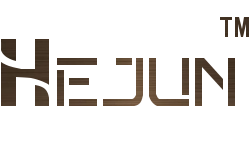
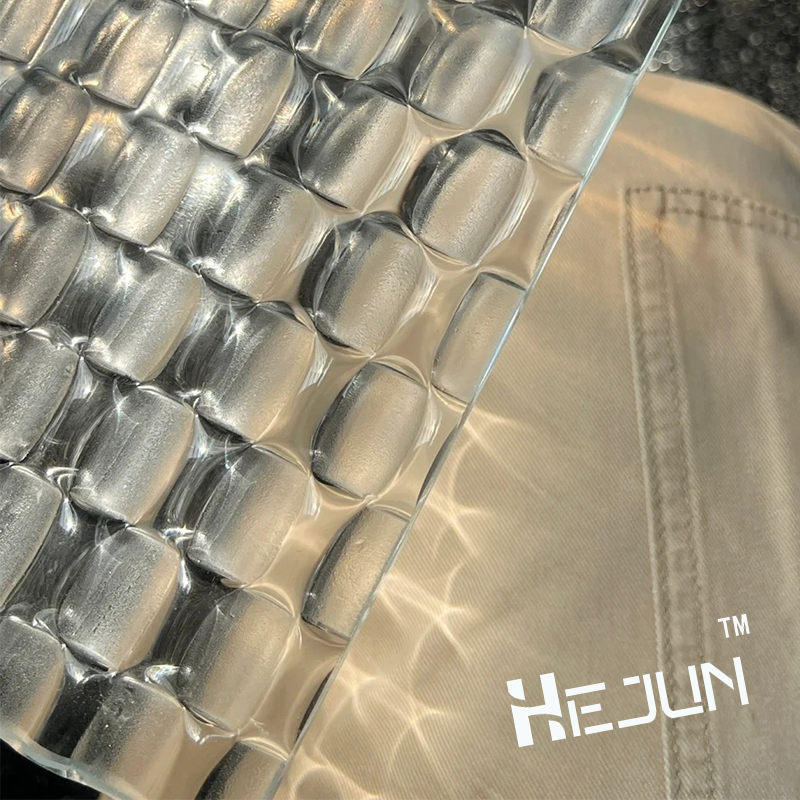
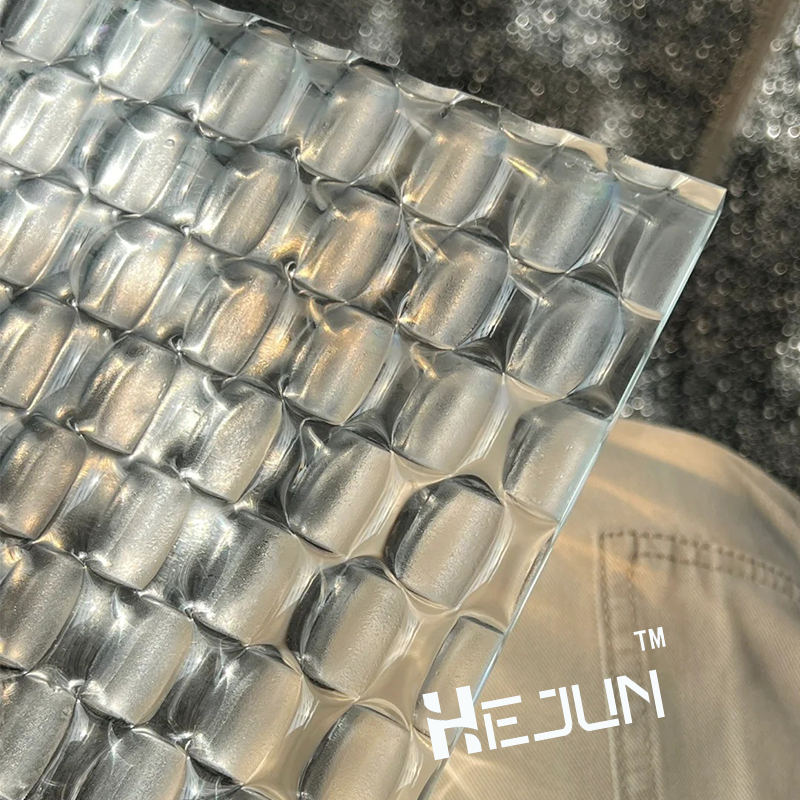
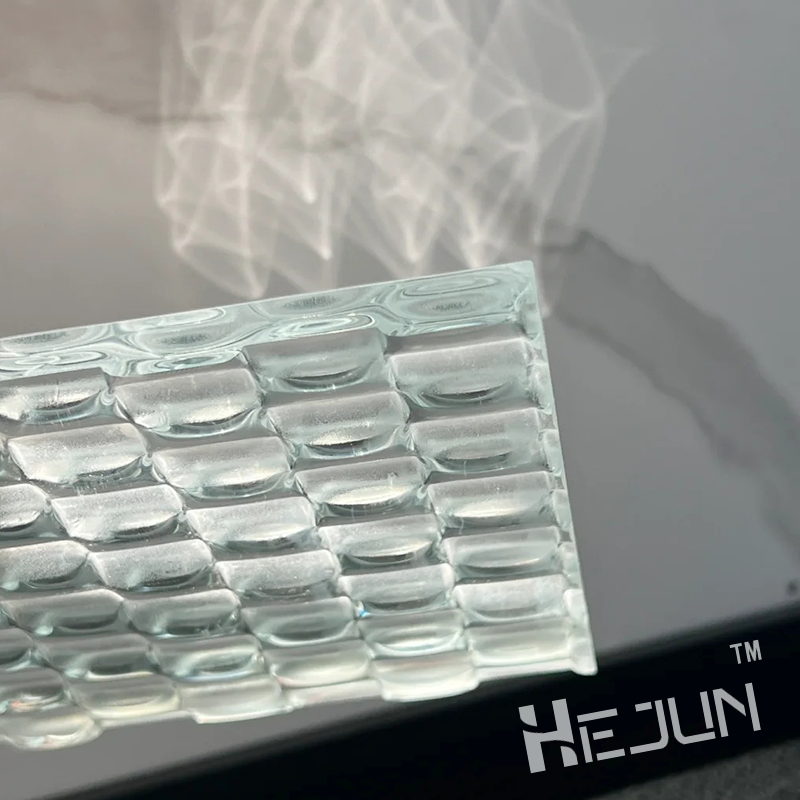

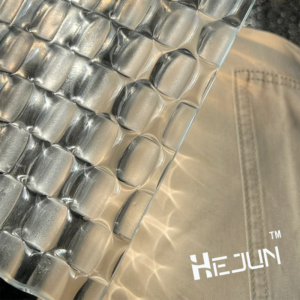



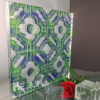
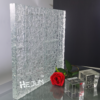

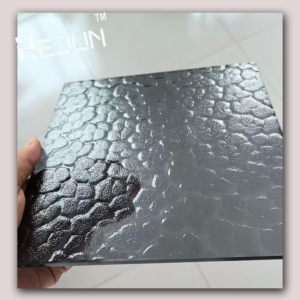
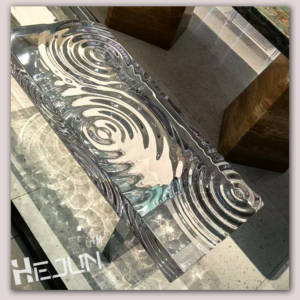
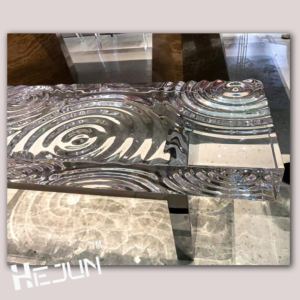
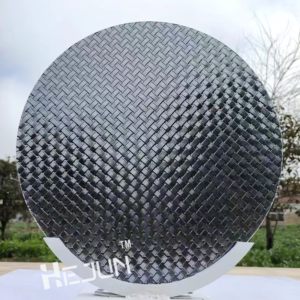




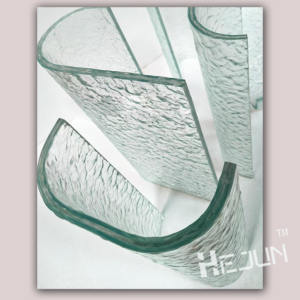
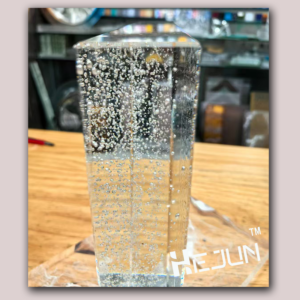





Reviews
There are no reviews yet.